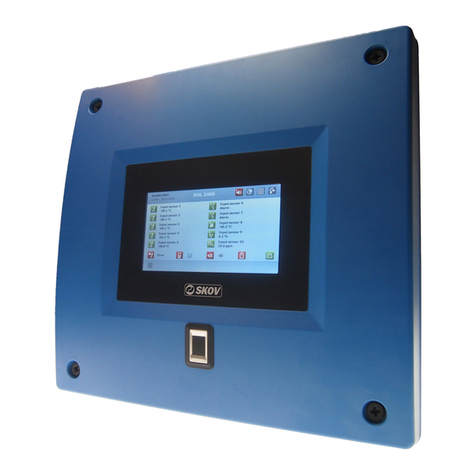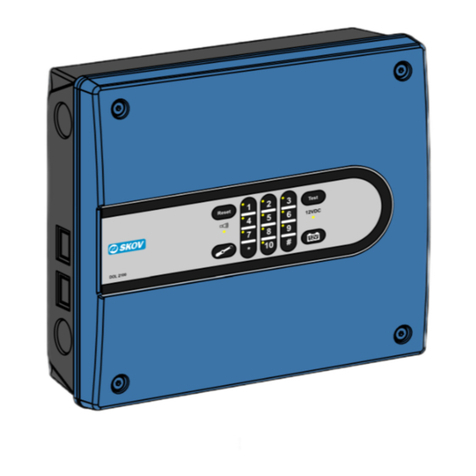
DOL 2400 • DOL 2300
1 Product description ....................................................................................................................................... 5
2 User guide....................................................................................................................................................... 7
2.1 Handling alarms ......................................................................................................................... 8
2.1.1 Stop alarm with phone call........................................................................................................... 9
2.1.2 Stop alarm with SMS message.................................................................................................... 9
2.1.3 Video streaming via mobile in the event of an alarm ................................................................... 9
2.2 Pages ........................................................................................................................................ 10
2.2.1 The page Overview.................................................................................................................... 10
2.2.2 The page Outputs ...................................................................................................................... 12
2.2.3 The I/O Overview Page.............................................................................................................. 13
2.2.4 The page Activity log.................................................................................................................. 14
2.2.5 Select display language ............................................................................................................. 15
2.2.6 Editing and creating pages ........................................................................................................ 15
2.3 Settings..................................................................................................................................... 18
2.4 Remote control......................................................................................................................... 19
2.4.1 Entering phone numbers............................................................................................................ 19
2.4.2 SMS commands......................................................................................................................... 20
2.5 Voice messages from the alarm unit ..................................................................................... 21
2.6 Surveillance.............................................................................................................................. 22
2.6.1 Activation of surveillance ........................................................................................................... 22
2.6.2 Deactivation of surveillance alarm ............................................................................................. 22
2.7 Details menu............................................................................................................................. 23
2.7.1 Overview .................................................................................................................................... 23
2.7.2 Temperature alarms (Only DOL 2400) ..................................................................................... 24
2.7.2.1 Setting temperatur alarm limits .................................................................................................. 25
2.7.2.2 Temperature setpoint................................................................................................................. 25
2.7.2.3 Summer rise............................................................................................................................... 26
2.7.3 Log ............................................................................................................................................. 28
2.7.4 Function test .............................................................................................................................. 28
2.7.4.1 Manual test - with reminder........................................................................................................ 29
2.7.4.2 Automatic testing ....................................................................................................................... 29
2.7.5 Sound......................................................................................................................................... 30
2.7.6 System status ............................................................................................................................ 30
2.7.7 Supervision of the alarm unit’s input terminals .......................................................................... 31
2.7.7.1 Stop input supervision................................................................................................................ 31
2.7.8 Service break ............................................................................................................................. 32
2.8 Phone ........................................................................................................................................ 32
2.9 User login ................................................................................................................................. 34
3 Maintenance instructions ............................................................................................................................ 36
3.1 Recycling/Disposal .................................................................................................................. 36
4 Utility table for finished tests ...................................................................................................................... 37
User Manual































